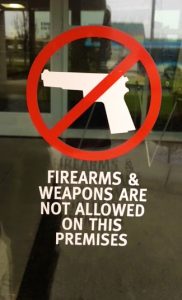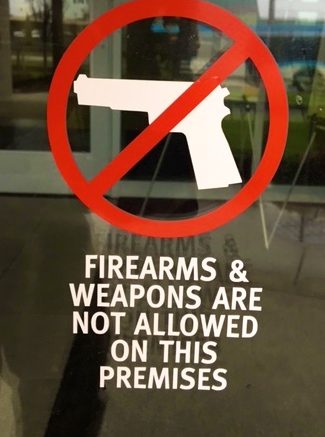
What happens in California doesn’t occur in a vacuum. Ghost guns are now spreading across the United States.
By Alain Stephens
The Trace (5/17/19)
For the better part of a year, Kevin Savangsy allegedly sold caches of weapons to federal agents out of parking lots and garages in Sacramento. The 29-year-old told his customers that he could get “hella shit,” including guns that police would never trace.
Court documents suggest he lived up to that promise.
At first, Savangsy’s offerings were conventional: handguns, AK-47s, and AR-15s. Then, on the morning of October 23, 2018, he unveiled his newest product: a homemade, unserialized pistol modeled after a Glock. Over the next three months, agents with the Bureau of Alcohol, Tobacco, Firearms and Explosives bought a dozen more unserialized weapons, including AR-15s modified to shoot fully automatic. A raid on Savangsy’s home in late January turned up thousands of dollars of cash, pounds of drugs, and 24 machine guns.
Unserialized weapons, colloquially known as “ghost guns,” entered the American imagination as the creation of hobbyists and backyard tinkerers. But as they’ve grown in popularity, criminals have identified ghost guns as a way to get around California’s restrictive gun laws. This class of weapons is easy to buy, and undetectable to authorities, because they are built without the government’s knowledge.
An investigation by The Trace in partnership with NBC Bay Area, NBC San Diego, and NBC Los Angeles found that law enforcement agencies across California are recovering record numbers of ghost guns. According to the ATF, 30 percent of all guns now recovered by agents in the state are unserialized. And without a serial number, they cannot be traced in criminal investigations.
California law enforcement members are encountering ghost guns being made by criminals building them in their basement, as well as organized groups churning out untraceable firepower by the hundreds.
California police departments that track ghost gun recoveries are seeing a similar trend. “This is not just something for enthusiasts. This has become something for people that are actual practitioners of violence,” said Graham Barlowe, the resident agent in charge at the ATF’s Sacramento field office.
A ghost gun is a firearm manufactured outside of the traditional supply chain. It can be printed on a 3-D printer, or assembled with parts sold by the dozens of companies that create nearly completed firearms — known as “80 percent receivers,” which require no background check to sell.
Ghost gun violence spreading
California police records show that ghost guns were recovered in homicides, robberies, active shooter incidents, and domestic violence cases. In July 2014, bank robbers in Stockton took three hostages on a high-speed chase with police. The rolling gun battle ended with one hostage and two suspects killed. Police recovered a homemade AK-47 at the scene. A year later, a 21-year-old man shot and killed a 19-year-old woman before killing himself at his home in Walnut Creek. The former Stanford engineering student had assembled pieces purchased online into a working gun.
In several cases reviewed in detail by The Trace and NBC, perpetrators specifically sought out ghost guns because they knew they would fail a background check. In 2013, John Zawahari assembled an unserialized AR-15 after failing a screening at a gun store. He used the weapon to kill five people on a college campus in Santa Monica. Four years later, in 2017, Kevin Neal, a 44-year-old cannabis farmer with a criminal record barring him from gun ownership, went online and purchased the parts to build an AR-15. In a 25-minute shooting spree across Tehama County, he killed five people and injured 18 more.
Experts say the accessibility of ghost guns is aided by a cottage industry of retailers selling nearly completed firearms that require no screening to purchase. …
Link to Story and 47-Second Body Cam Video of Assault on Police & Firefighters
(Commoner Call photo by Mark L. Taylor, 2019. Open source and free for non-derivative use with link to www.thecommonercall.org )

